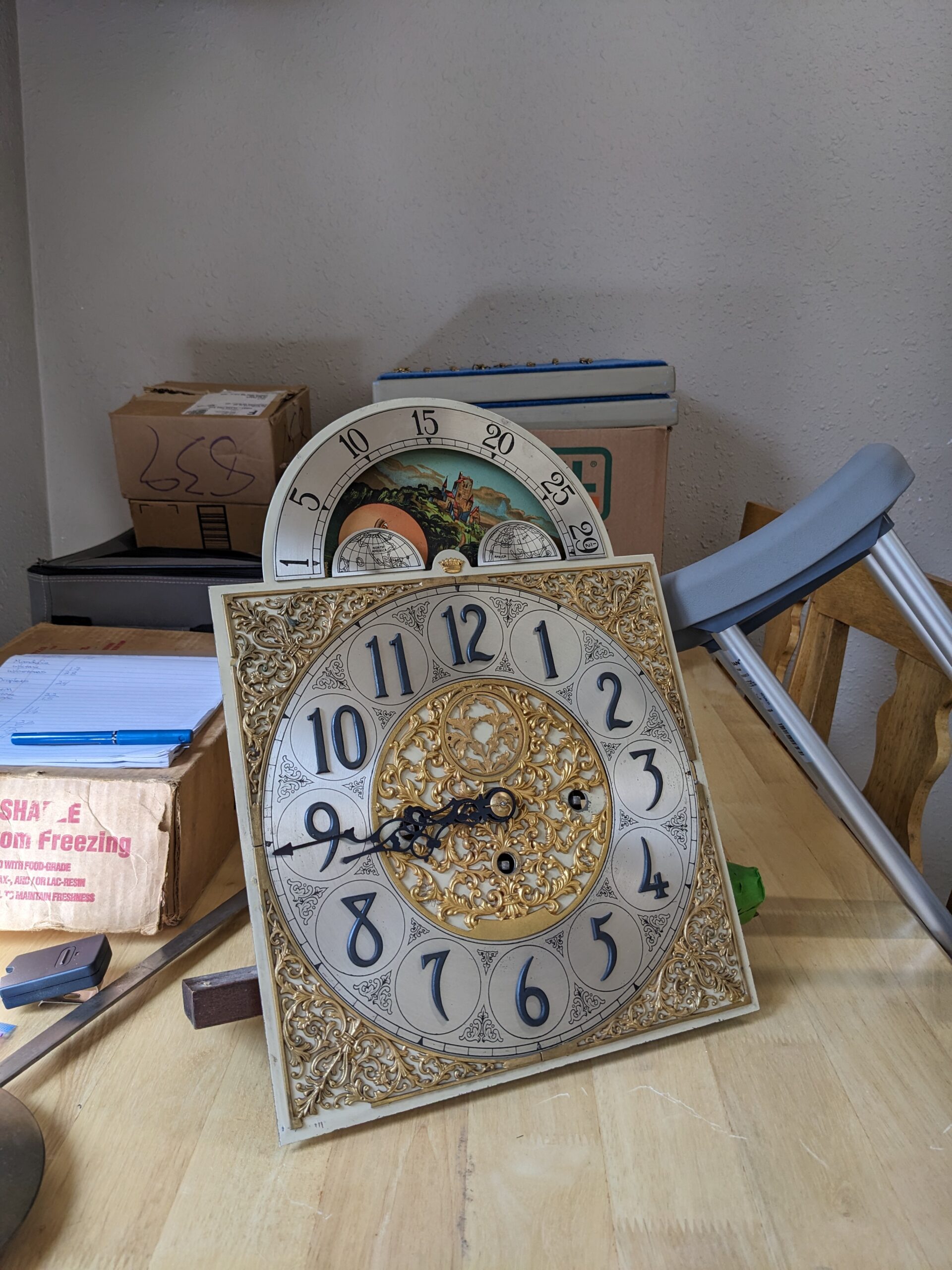
There are some tricks to making our travels by airplane work for us and the first thing to know is that traveling with someone with Parkinson’s is not the same as traveling with the healthy general public.
Flying used to be fun and what I mostly hear from friends is what a pain and hassle it is now. If that’s true for them, what about someone with Parkinson’s disease? Is it even worth trying?
We have flown many times since Andy’s been diagnosed with Parkinson’s and pretty much it’s worked well and been enjoyable. There are some tricks to making our travels by airplane work for us and the first thing to know is that traveling with someone with Parkinson’s is not the same as traveling with the healthy general public.
When a disabled person travels it is 100% okay to ask for help and special considerations.
One aspect of travel that has improved in airports over the last 50 years is that many employees have been taught to be responsive to the needs of the disabled. There are plenty of wheelchairs and wheelchair pushers and no stigma to using these services.
Andy and I plan our trips on a time by time basis regarding booking a wheelchair for Andy. If it is a long trip, we find it’s best to be on the safe side and reserve one when we make our plans and if we forget we can always request one at check in.
We have an older friend without any disease who told me, “I know I only have a limited number of steps in me and I’d rather not use them at the airport.”
Andy would also rather use the energy he has to walk on the beach, or around a beautiful loch in Scotland or in his brother’s garden than at the airport. With a wheelchair it is easier to navigate through security, you have your own seat while waiting at the gate and are allowed more time for boarding. Every airport offers this service.
With or without a wheelchair we have to communicate our special needs.
At security, which is often a crowded and tense place for everybody, we make sure we have more than enough time to make our flight. Having extra time is controlled by us and allows for a gentler kinder way of communicating because the anxiety gets lowered.
I will say, “My husband has Parkinson’s disease and he cannot go through any of these machines because they can negatively affect the implants in his brain. He needs to have a pat down and we are happy to wait until someone is available to do that.”
I’ve learned through experience not to explain in too much detail why he cannot go through the machines. Too much detail begs an argument. I don’t say “metal” implants because some “metal” can go through and of course, it’s easier for them if we use their machines. I am prepared to explain further but I don’t offer more information than they need in order to give us what we need.
When the security person arrives for the pat down I speak up again, knowing nothing I said before has been passed along. “My husband has Parkinson’s disease and he cannot speak but understands everything you say to him. Please go easy on his head, neck and chest areas because he has wires, electrodes and stimulators under his skin that can be damaged if touched too hard. Also, if you leave him standing without something to hold onto he will lose his balance.”
Then, I smile and thank him. our calm, relaxed, informative manner usually evokes the same energy back to us.
We use the same calm manners on the plane. We always bring our own food or snacks, music and earphones, and books to read so we have as little need to interact with the flight crew as possible.
Andy and I are tall, slim people. We fit into the small seats but often our knees rub on the seatback in front of us. We always wear soft athletic pants and shoes that are easy to slip off and on that give us the most ability to change positions and be more comfortable.
We treat flying as the expedition it truly is.
Planning ahead for your personal needs and comfort, booking a wheelchair, asking for help when needed, explaining your situation and having more than enough time may make flying fun again.
It has for us.






Be the first to reply